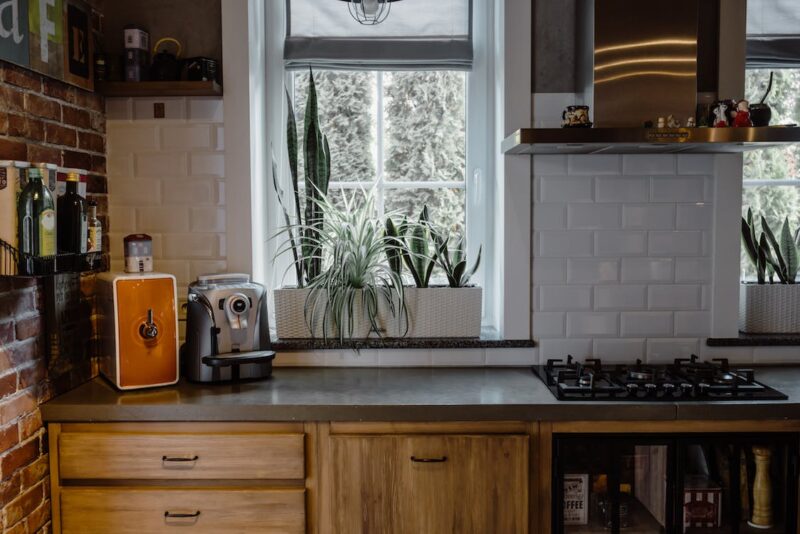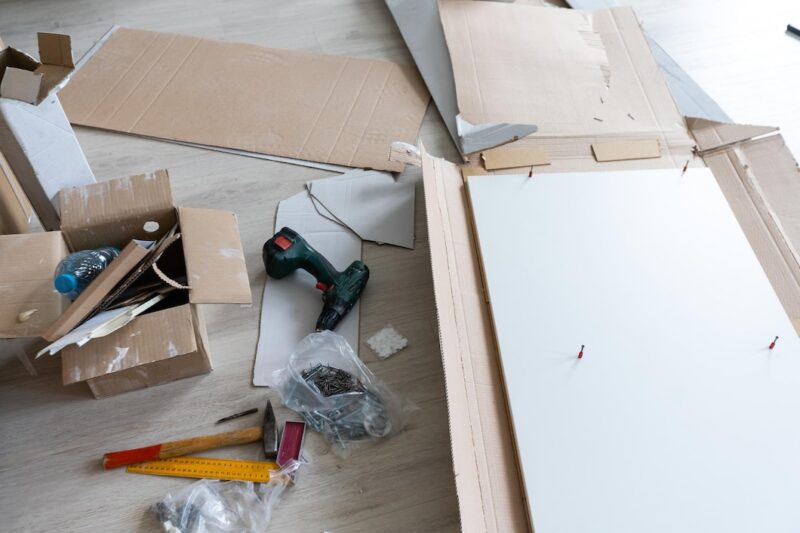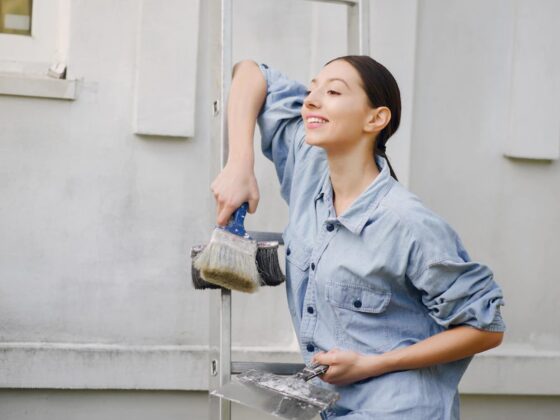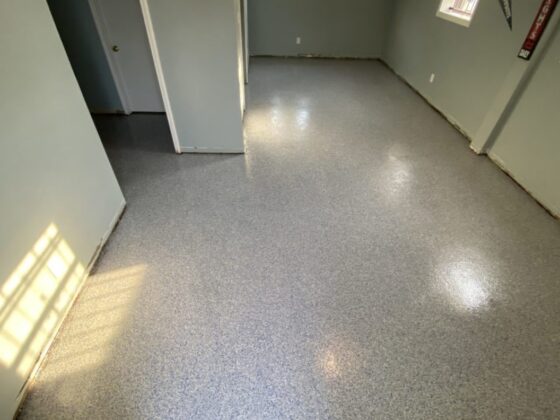You’ve decided to take on your first home restoration project, and you’re excited to get started. But before you do anything, you need to assess the condition of your kitchen cabinets. This article offers tips for restoring kitchen cabinets yourself, based on your specific needs and goals for the project.
What is a Kitchen Cabinet?

A kitchen cabinet is a piece of furniture that typically contains a stove, oven, microwave, and other appliances. They are also often used to store dishes, silverware, and other household items.
There are a lot of different types of cabinets, but most of them share some common features.
• First, all cabinets have at least one door or drawer.
• Second, most cabinets have at least one window.
• Third, most cabinets have a surface on which you can place dishes or pots and pans.
• Fourth, most cabinets have at least one height adjustment feature – usually a rail or bracket – so that you can customize the level of storage space available to you.
Types of Cabinets
When it comes to restoring a kitchen cabinet, there are many different types to choose from.
• Solid doors: These cabinets usually have one or two solid doors that open hinges on the top and bottom. These are the most common type of kitchen cabinets and they can be restored easily with a few basic supplies.
• Open shelves: You may find an open shelf cabinet if the main drawers are on the front or side of the cabinet. Open shelf cabinets require a bit more assembly than standard cabinets, but they’re easy to clean and look great in a kitchen.
• Double door cabinets: Double door cabinets have two sets of doors- one set on the front and one set on the back. This type of cabinet is great for organizing your kitchen and makes it easy to get to all of your food.
• Wall-mounted cabinets: Wall-mounted cabinets typically sit on the wall behind your stove. These cabinets are great if you don’t have a lot of counter space or if you want to use less storage space in your kitchen.
What to Do if Your Cabinet Has Cracks or Stains?

If you have a cabinet with cracks or stains, there are a few things you can do to restore it without having to hire a professional.
The first step is to make sure that the cabinet is sealed properly. If the cracks or stains are on the outside of the cabinet, use a sealant to fill in the gaps and protect the wood from moisture and other chemicals.
If the cracks or stains are on the inside of the cabinet, you’ll need to remove any dirt, dust, or debris that is obscuring the wood. You can use a vacuum cleaner and an elbow grease scrubbing pad to clean it up. Afterward, use a wood cleaner and a dry cloth to polish it off.
How to Refinish Cabinets?
If you’re looking to refinish your old kitchen cabinets without spending a fortune, there are a few easy tips you can follow.
• First, use a sealant or paint to protect the finish on the cabinets. This will help keep the paint from chipping or cracking.
• Next, sand the cabinets lightly with 100-grit sandpaper to remove any rough edges.
• Finally, prime and paint the cabinets according to your desired color scheme.
You can always use a professional cabinet painting service for best results.
How to Remove Old Paint from Cabinets?

If you’re looking to restore kitchen cabinets without damaging the underlying wood, there are a few tips you can follow. First, use a degreaser such as acetone to loosen any old paint and grease.
Then, use a scrub brush to remove the paint in large chunks. Finally, use a wet cloth to clean the cabinets and any residue.
How to Seal Cabinets?
Cabinet restoration is a popular DIY project, but many homeowners don’t know how to seal their cabinets. Sealing your cabinets helps keep the wood looking its best and prevents moisture and dust from building up over time.
There are two main types of sealers you can use: lacquer or polyurethane.
• Lacquer sealers are the traditional option and will give your cabinets a glossy finish.
• Polyurethane sealers are more affordable and easier to apply, but they can also be less durable.
Here are some tips for applying each type of sealer:
• Lacquer: Lacquer sealers need to be applied with a brush or spray gun. Make sure to apply an even coat all over the cabinet surface. Let the sealer dry for at least 30 minutes before using the cabinet.
• Polyurethane: Polyurethane sealers can be applied with a sprayer or brush, but you’ll need to wait until it’s completely dry before using the cabinet. It’s important to note that polyurethane may not adhere well to softwood surfaces.
Materials for Restoration

When it comes to restoring your kitchen cabinet, there are a few key things to keep in mind.
The first is that any restoration project should be done by a professional. Unless you have years of experience and the right tools, it’s best to leave the work to the pros.
That said, here are some materials you’ll need for a DIY kitchen cabinet restoration:
• Knives: For removing old finishes and applying new ones, knives are essential. A variety of blades are available, from standard scrapers to specialty knives for harder-to-reach areas.
• Cordless drill: A drill is also important for removing screws and other hardware, as well as for making holes for new finishes.
• Sander: A sanding block and sandpaper will get rid of scratches and imperfections on your cabinets. Be sure to use a block with long grains (e.g., 80 or 100 grit) so you don’t end up with marks or swirls on the finish.
• Stiles: If your cabinets have lost their stiles (the horizontal supports between the panels), you’ll need to replace them before you can refinish them. You can find replacement stiles at home improvement stores or online.
• Paint: Depending on the condition of your cabinets, you may need to repaint them. Use a quality primer and paint to avoid peeling or chipping later.
Conclusion
In summary, for a DIY kitchen cabinet restoration, you will need:
• Knives for removing old finishes and applying new ones.
• Cordless drill for removing screws and hardware.
• Sander for scratches and imperfections.
• Stiles if your cabinets have lost their stiles.
• Paint for covering imperfections and protecting the wood.


